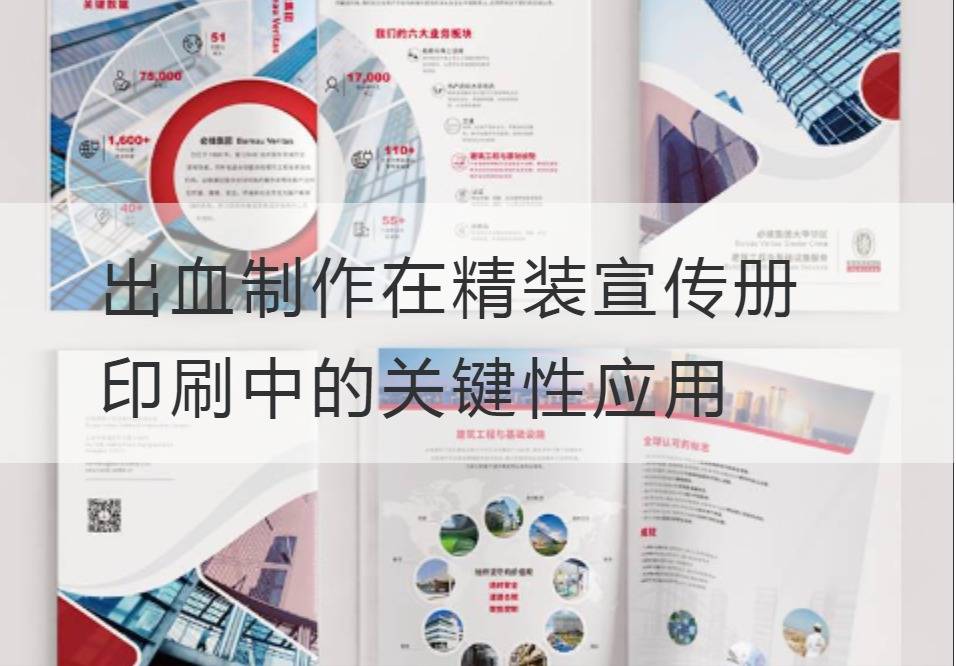The Key Application of Bleeding Production in Hardcover Brochure Printing
Since the innovation stage, the printing process and technology has made amazing leaps. Changing industry requirements and escalating technical specifications are driving its continued evolution. In this rapidly changing age, the printing industry has moved from structural constraints to a frontier with smaller frames and greater possibilities. Among them, the bleeding production in the hardcover brochure printing application appears to be particularly critical.
In the printing industry, bleeding is an applied technique in which an image, color, or design element extends to the edge of the paper during the design process. Due to the precision of machine cutting, it is impossible to ensure that every page can be accurately cut at the design boundary, so the "bleeding" technique is widely used in full color printing, especially in hardcover brochure printing, its effectiveness and importance is more obvious.

Bleeding production is extremely important for the printing of hardcover brochures. It not only provides a wide creative space for designers, allowing images and colors to extend perfectly to the edge of the paper, but also greatly reduces the margin gap caused by cutting errors in the printing process. Bleeding perimeters are typically 3-5mm standard, which ensures excellent visual quality on every page of a hardcover brochure, even during complex printing.
The application of bleeding techniques is essentially a "visual continuity" problem. In the printing world, we seek to seamlessly connect ideas and information while ensuring the integrity and unity of images. Bleeding production is the process that meets this need, greatly broadening the boundaries of the design, eliminating visual breaks and enhancing the professionalism and beauty of the brochure.
In practice, there are some techniques to pay attention to in the production of hardcover brochures. First, the bleeding area should be designed to allow for cropping errors to prevent important design elements from being located in the bleeding area. At the same time, ensure that the color of the bleeding area is consistent with the design color of the main body to prevent the overall visual effect from being degraded due to chromatic aberration.
To sum up, bleeding production is one of the key technologies of hardcover brochure printing. It involves every detail and every step of the printing, and has a decisive influence on the printing effect and the overall visual sense. While bleeding production may be a trivial matter for some in the industry, it is a must-have for those seeking the ultimate in print.
Thus, Bleeding Production, a seemingly tiny but vital printing technique, is in hardcover.Brochure PrintingThe application of is not only the enhancement of technology, but also the continuous pursuit of aesthetics and visual experience in the printing industry. With the development of science and technology and the rapid change of printing technology, bleeding production will be more flexible and abundantly applied in all the design projects that require our meticulous service.
Recommended Reading:



